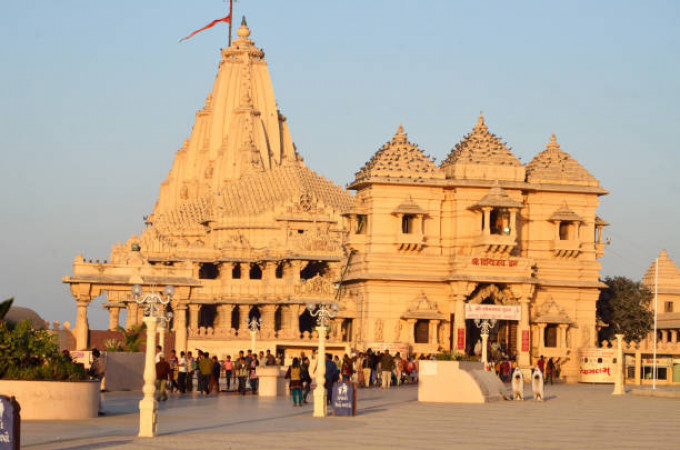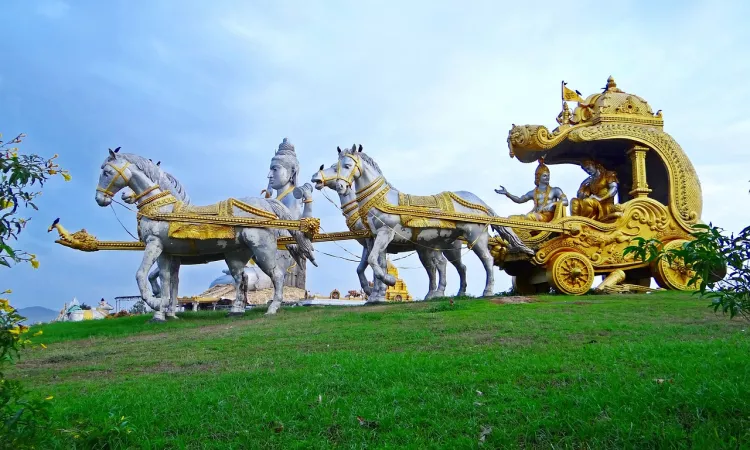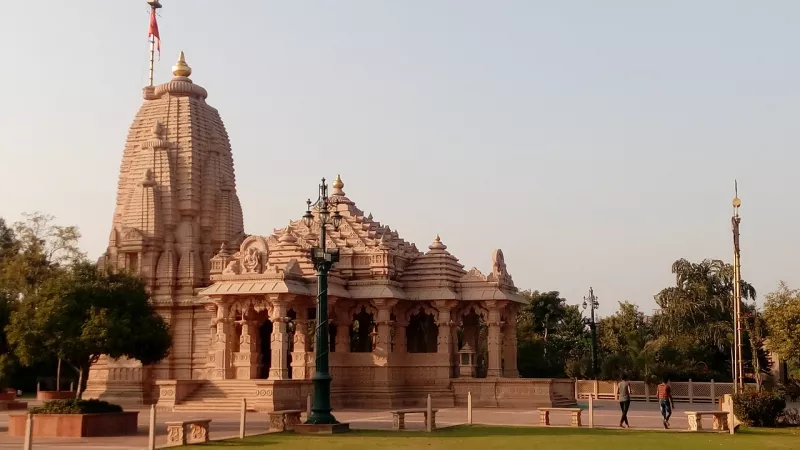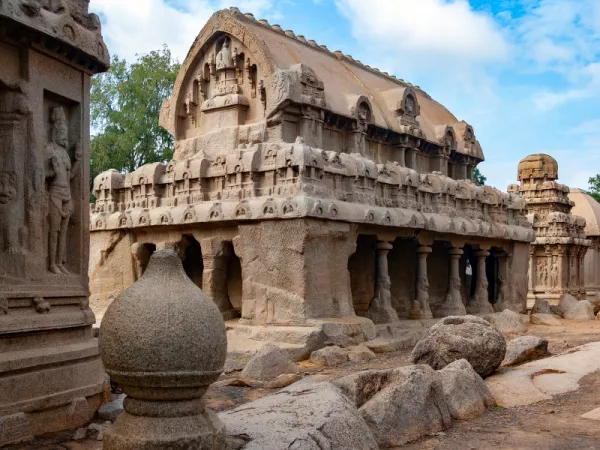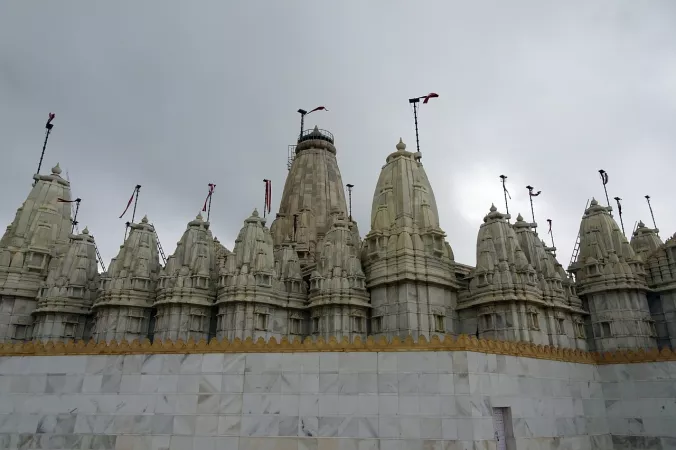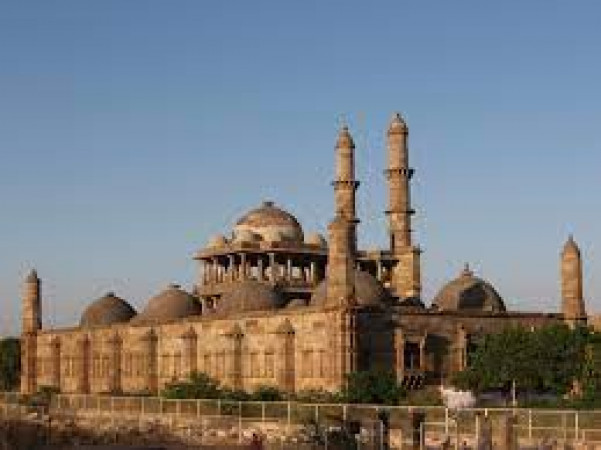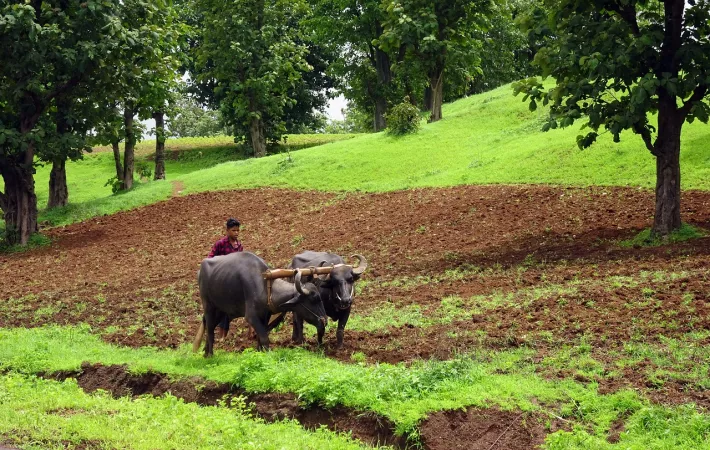Hi User
Navigation
Somnath Travel Guide
Somnath, located in the state of Gujarat in India, is a city steeped in history and culture. It is famous for being home to the renowned Somnath Temple, one of the twelve Jyotirlinga shrines of Lord Shiva. The city's significance dates back to ancient times, with mentions in various Hindu scriptures and epics. Somnath's coastal location also adds to its charm, offering visitors stunning views of the Arabian Sea.
Top Attractions in Somnath
- Somnath Temple
- Prabhas Patan Museum
- Bhalka Tirth
- Triveni Sangam
- Geeta Mandir
Somnath is Famous for
The Somnath Temple, a symbol of faith and devotion, is the most famous attraction in Somnath.
Top Attractions in Somnath
- Experience the spiritual aura at Somnath Temple
- Explore the history at Prabhas Patan Museum
- Visit the sacred Bhalka Tirth
- Witness the confluence at Triveni Sangam
- Seek peace at Geeta Mandir
What's Great about Travelling to Somnath?
- Spiritual Experience: Ideal for religious travelers
- Historical Significance: Perfect for history buffs
- Scenic Beauty: Great for nature lovers
What's Not So Great about Travelling Somnath?
- Limited Nightlife: Not suitable for partygoers
- Extreme Summers: May not be ideal for heat-sensitive individuals
- Crowded During Festivals: Might be overwhelming for some tourists
Travel Tips for Somnath
- Visa Requirements: Check visa regulations before traveling
- Transportation: Opt for local transport or taxis for convenient travel
- Safety Tips: Be cautious of pickpockets in crowded areas
Important Somnath trip information
- Ideal Duration: 2-3 days
- Best Time to Visit: October to March
- Nearby Airports and Railway Stations: Diu Airport, Veraval Railway Station
Top 10 Places to visit in Somnath
Help & Support
Call Us Now
+91-8069145442
FAQ's on Somnath
Q1: What is the best time to visit Somnath?
In Somnath, the best time to visit is from October to March when the weather is pleasant for exploring the city and its attractions. Avoid the monsoon season from June to September due to heavy rainfall. The famous Somnath Temple also hosts festivals like Mahashivratri, which are ideal times to experience the cultural vibrancy of the city.
Q2: Do I need a visa to travel to Somnath?
Tourists visiting Somnath will need a valid Indian visa. However, certain nationalities may be eligible for e-visas or visa on arrival. It's advisable to check with the nearest Indian embassy or consulate for specific visa requirements based on your nationality.
Q3: What are the must-visit attractions in Somnath?
The iconic Somnath Temple, dedicated to Lord Shiva, is a must-visit. Other attractions include the Triveni Sangam, Bhalka Tirth, and the Somnath Beach for serene views. Don't miss the Somnath Museum and the Prabhas Patan Museum for a deeper insight into the city's history.
Q4: Is Somnath a safe place to travel?
Somnath is generally safe for tourists. However, like any destination, it's advisable to take standard precautions such as safeguarding belongings, avoiding isolated areas at night, and being cautious of pickpockets in crowded places.
Q5: What is the local currency in Somnath and can I use credit cards?
The local currency in Somnath is the Indian Rupee (INR). While credit cards are accepted in some hotels and restaurants, it's advisable to carry cash for smaller establishments and local markets. ATMs are also readily available in the city.
Q6: What is the local cuisine like in Somnath?
offers a mix of vegetarian Gujarati cuisine with influences from neighboring regions. Don't miss trying dishes like Dhokla, Khandvi, and Fafda. Seafood lovers can savor fresh catch from the Arabian Sea. Be mindful of spice levels, and inform restaurants of any dietary restrictions.
Q7: What transportation options are available in Somnath?
In Somnath, travelers can opt for local buses, auto-rickshaws, and taxis for getting around the city. Car rentals are also available for those who prefer more flexibility. Walking or cycling is a great way to explore the local streets and markets.
Q8: Are there any cultural norms or etiquette I should be aware of when visiting Somnath?
When visiting Somnath, it's important to dress modestly, especially when visiting religious sites like temples. Remove shoes before entering sacred places and respect local customs and traditions. Greet locals with a 'Namaste' and seek permission before taking photographs of individuals.
Q9: I am a travel agent. How can I buy travel leads of Somnath?
Register yourself as a travel agent at agents.tripclap.com and then you can buy travel leads to Somnath once your account is approved. For more details contact our support team at +91-8069186564 or support@tripclap.com
Certified
We accept (more)
Members of
Media Recognition
Trusted Partners
Award
Copyrights © TripClap. All Rights Reserved
